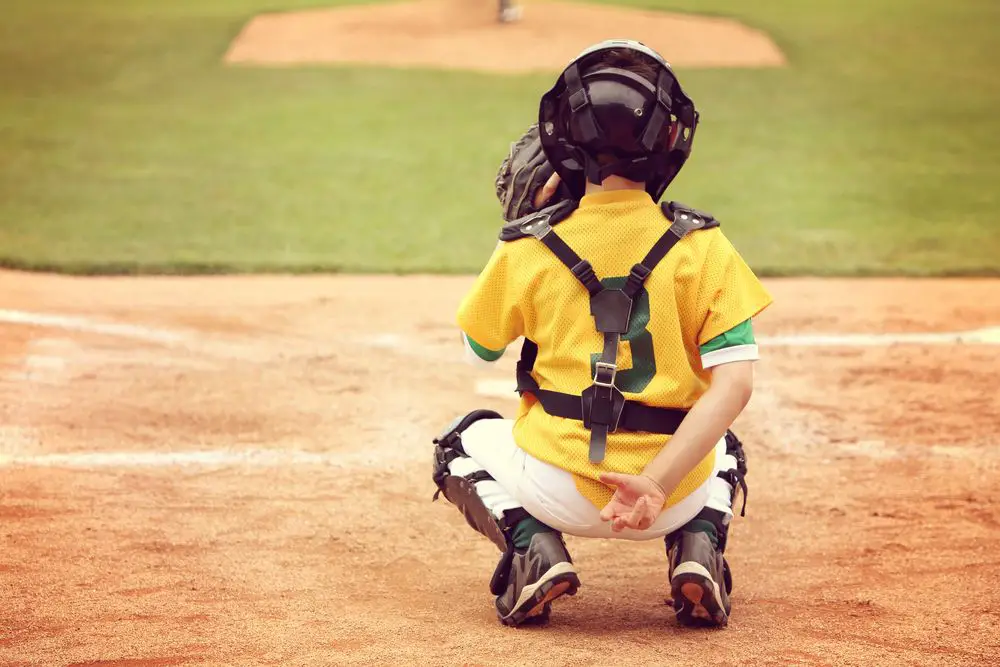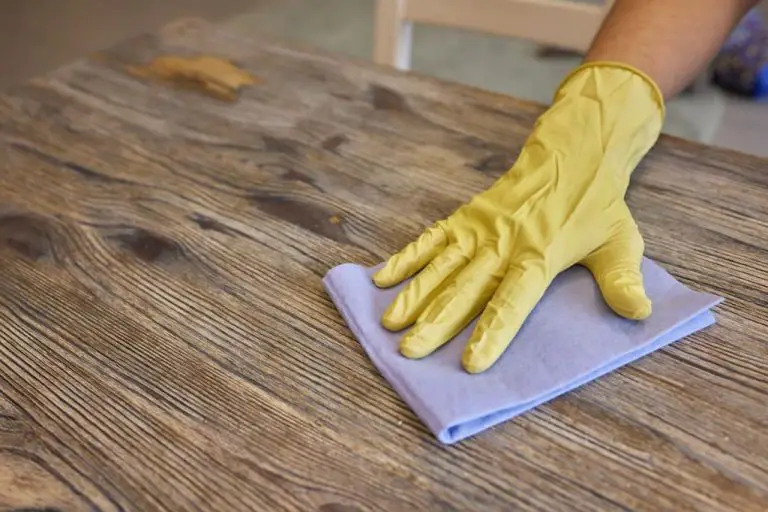What Is The Crossword Clue For Facing The Pitcher In Baseball?
This article will explain the crossword clue for the baseball position that faces the pitcher. Baseball is a sport played between two teams, with each team having nine players on the field. The positions in baseball are specially aligned between the offense and defense. When looking at the field from home plate where the batter stands, the position directly facing the pitcher is a key defensive role. We will cover the name of this position, its responsibilities, the equipment used, and some key facts about playing this role.
The Position Name
The position in baseball that faces the pitcher is known as the catcher. As described by Baseball positions – Wikipedia, “The catcher is the player who squats down behind home plate and receives the ball from the pitcher.” Therefore, the baseball position that faces the pitcher is officially called the catcher.
Role of the Catcher
The catcher is one of the most important defensive positions on a baseball team. They are positioned directly behind home plate and are responsible for receiving pitches thrown by the pitcher. Some of the key responsibilities of a catcher include:
– Receiving pitches: The catcher crouches behind home plate and receives pitches thrown by the pitcher. This includes catching fastballs, curveballs, sliders and more. The catcher uses a specialized mitt to receive the pitches and absorb their force. They must be able to handle the speed and movement of pitches to catch them effectively.
– Blocking pitches in the dirt: The catcher must block any pitches that bounce in front of the plate. If a pitch gets by the catcher, the batter may advance to first base. The catcher uses their body and equipment to keep pitches in front of them.
The catcher plays a crucial defensive role by receiving pitches and preventing runs. They must work closely with the pitcher to call pitches and execute the team’s gameplan. A skilled catcher can impact the game defensively and influence the pitcher’s success.
Equipment Used
A catcher wears protective gear to shield their body from wild pitches and foul balls traveling at high speeds. The standard equipment for catchers includes:
A catcher’s mask to protect the face. Masks are typically made of steel or titanium and feature a helmet and bars to guard the front and sides of the face.
A chest protector covers the chest and abdomen area. Modern chest protectors have extra padding and are contoured for more mobility. Some major brands include EvoShield and Force3.
Shin guards shield the catcher’s legs and knees when squatting behind the plate. They wrap around the leg and include kneepads for cushioning.
A catcher’s mitt provides padding and protection when receiving pitches. Mitts are larger and more heavily padded than standard baseball gloves.
Additionally, catchers often wear specialized cleats for traction and a protective cup for extra protection.
Defensive Responsibilities

The catcher’s main role defensively is to field pitches thrown by the pitcher and return them to the pitcher to start each play. According to MLB, “Catchers are responsible for catching pitches, blocking balls in the dirt, and guiding the pitcher through the game.” Source The catcher fields their position directly behind home plate in a squat position to provide the best vantage point for seeing pitches.
Another key defensive duty of the catcher is calling pitches and sequences. The catcher analyzes the strengths of the pitcher, weaknesses of the hitter, and game situation to call the best strategic pitch. Per Ballparks of America, “The catcher is responsible for studying the opposing hitters and calling the right pitch for the pitcher to throw during each at-bat.” Source They use hand signals to silently communicate the pitch call to the pitcher.
Catchers must also throw out runners attempting to steal bases, requiring a strong and accurate throwing arm. As explained by Spider’s Elite, “The catcher must deliver the ball to the appropriate base QUICKLY and ACCURATELY when a runner is attempting to steal.” Source Their ability to throw out runners disrupts the opposing team’s running game.
Offensive Contributions
Catchers play an important offensive role in baseball games as well. While defense has traditionally been a catcher’s biggest strength, catchers have made great strides at the plate in recent years (source). The offensive production of a catcher comes primarily from their batting and ability to get on base and drive in runs.
At the plate, catchers aim to get quality at-bats and make solid contact to get hits and drive in runs. The best offensive catchers have a combination of hitting for average and power. Catchers often bat in the lower half of the lineup, so getting on base and driving in runs from that position adds tremendous value (source). In terms of baserunning, catchers are not known for their speed due to the gear they wear. However, some catchers can steal bases and take extra bases on hits using good instincts.
Overall, while a catcher’s main job is defense, their offensive production has become increasingly important. The best catchers provide solid run production to bolster their team’s lineup while also controlling the game from behind the plate.
Famous MLB Catchers
Some of the most famous and accomplished catchers in MLB history include Johnny Bench, Yogi Berra, and Mike Piazza.
Johnny Bench was arguably the greatest catcher of all time. Over his 17 year career with the Cincinnati Reds, Bench won two MVP awards, appeared in 14 All-Star games, and won 10 Gold Glove awards for his defensive excellence. He helped lead the Reds to six division titles and two World Series championships in the 1970s. Bench is widely considered one of the best power-hitting catchers ever, hitting 389 home runs and slugging .476. He was inducted into the Baseball Hall of Fame in 1989.
Yogi Berra is another all-time great behind the plate. Berra played 19 seasons primarily for the New York Yankees, making 18 All-Star teams and winning 10 World Series titles. Known for his amusing “Yogi-isms,” Berra was also one of the most feared hitters of his era, belting 358 home runs and winning 3 MVP awards. His defense and handling of pitchers was just as impressive. Berra was inducted into the Hall of Fame in 1972.
More recently, Mike Piazza established himself as one of best offensive catchers in baseball history. During his 16 year career spent mostly with the Los Angeles Dodgers and New York Mets, Piazza made 12 All-Star games while hitting 427 home runs, the most ever by a catcher. His power and run production at the catcher position was unprecedented. Though not known for his defense, Piazza’s offensive prowess led him to the Hall of Fame in 2016.
Catcher’s Interference
Catcher’s interference occurs when the catcher physically hinders the batter’s ability to swing at a pitch [1]. This commonly happens when the catcher reaches across the plate to catch the ball and the batter’s bat hits the catcher or the catcher’s mitt. According to the official MLB rules, if this contact impedes the batter’s swing in any way, catcher’s interference should be called by the umpire [2].
When catcher’s interference is called, the batter is awarded first base, regardless of the outcome of the at-bat. Any runners on base will also advance one base if forced to do so. Catcher’s interference is not counted as an error or charged against the catcher’s fielding percentage. However, it is tracked as a statistic for the catcher.
Catcher’s interference can only be called when there is a pitched ball involved. If the catcher hinders the batter on a throw back from the pitcher or another fielder, interference is not applied. The batter’s box is also not a factor – interference can be called regardless of the batter’s positioning in the box. However, incidental contact that does not hinder the swing is generally not called by umpires.
The Squat Position
The catcher’s squat is one of the most important stances in baseball. It allows the catcher to receive pitches low to the ground while still maintaining mobility to make a throw to bases. According to QC Baseball, the proper squat position involves the catcher’s feet being shoulder-width apart, with the left foot slightly ahead of the right to facilitate throwing with the left hand. The knees are bent so the thighs are parallel to the ground, with the butt down near the heels. This creates a stable, balanced base. The catcher’s thighs and core muscles have to be very strong to maintain this position throughout a game.
When receiving the pitch, the catcher wants to present a low target for the pitcher to hit. Keeping the glove close to the ground helps with this. Some keys are keeping the back upright, head still, and shifting weight to the balls of the feet to be ready to spring into action on a wild pitch or passed ball. Repeatedly practicing the squat and receiving position develops the specific muscles required to excel as a catcher.
Conclusion
The position of catcher in baseball is the one who faces the pitcher, crouching behind home plate to receive the pitches. This article has covered the history, role, equipment, responsibilities, and key players for the catcher position in major league baseball. While catchers have many duties, their primary role is to catch pitches, call the game, and field balls hit near home plate. The catcher’s position directly faces the pitcher on the baseball diamond, confirming that catcher is the correct crossword clue answer for the baseball position facing the pitcher.


